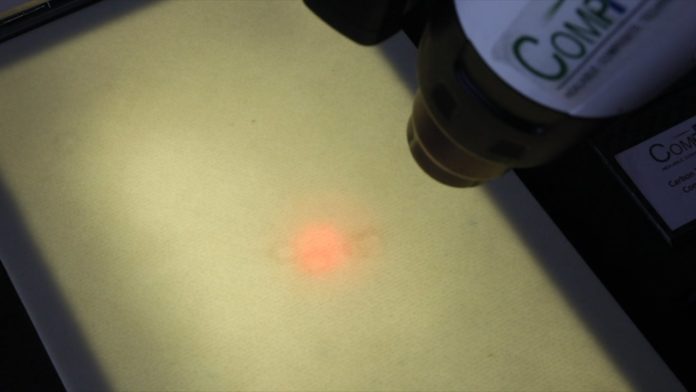According to JEC, approximately 20 million tons of polymer composite materials are produced globally/year. And this market is continually expanding.
The key to its wide adoption is its properties. But for its manufacturing, manufacturers need to consider some significant facts, for example, its environmental impact as they are currently difficult to recycle.
EPFL spin-off CompPair brings a solution to this problem. They develop technology- Self-healing composites that can repair themselves in just a few minutes can considerably extend a product’s lifespan. Scientists found that the composite sample tends to self-heal more than 60 times without any change in properties during experiments.
Amaël Cohades, CompPair co-founder and CEO, said, “An acquaintance of mine helps repair boats for America’s Cup, and says that a huge amount of time is spent after each race spotting and repairing places where the boat has been damaged. We’re talking for several hours, if not several days. Because once they’ve spotted a crack or dent, for example, they have to cover it with a patch of material, heat the patch, and then polish the new surface. But our composites can cut the repair time by a factor of 400.”
“We offer an array of fiber architectures that can be used in all sorts of applications, such as sporting equipment, wind turbines, and boat hulls, showing us a palette of samples with various textures made from fiberglass and carbon fiber. The startup is working with several other companies to integrate its composites into their products.”
What is the secret behind this technology?
Well, the answer lies in newly developed unique resin. Applying heat activates the resin. It then changes its phases that prompt physical mechanisms involved in the healing process. As a result, the tears and cracks in the composite are repaired automatically.
Robin Trigueira, CompPair co-founder and CTO, said, “Also, our composites don’t lose any of their structural properties during the repair process, which means there’s no risk of deformation. That makes them well suited to a broad range of applications.”
